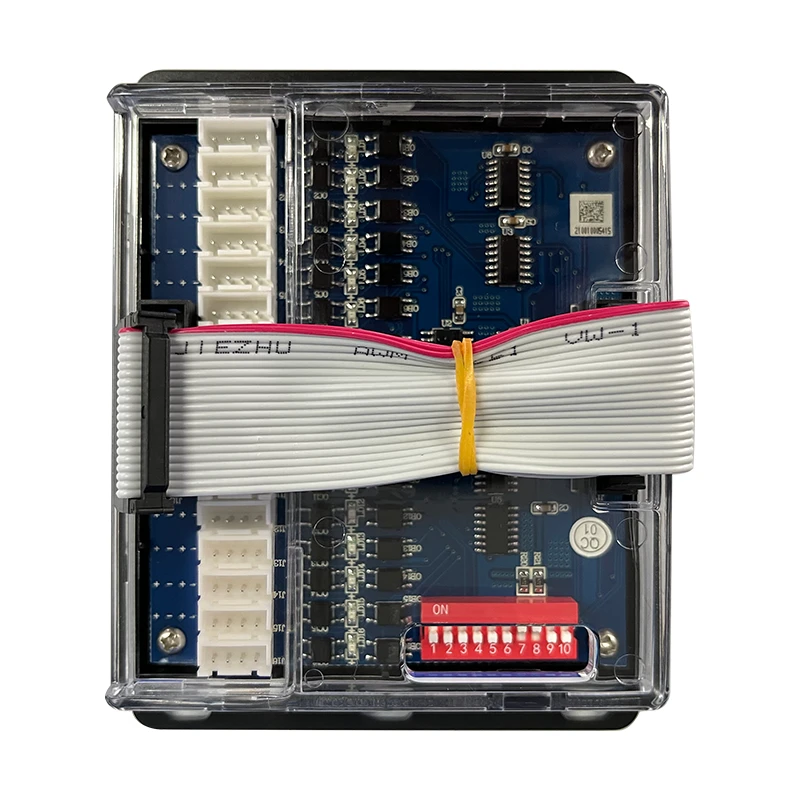Types of Electrical Systems in Homes Explained
- Understanding residential electrical infrastructure fundamentals
- Global market statistics and adoption patterns
- Technical innovations across storage categories
- Leading solution providers comparison
- Custom configuration possibilities
- Real-world deployment scenarios
- Future perspectives for integrated home power

(types of electrical systems in houses)
Fundamental Electrical System Types in Modern Homes
Contemporary residences utilize various configurations to distribute electricity safely. Split-phase systems dominate North American homes with 120/240V supply, allowing simultaneous operation of standard appliances and heavy-duty equipment. In contrast, European installations commonly employ 230V single-phase systems. Both architectures require precise circuit balancing to prevent transformer damage – typically maintaining voltage differentials below 5%.
Safety mechanisms form critical layers in residential electrical networks. Ground Fault Circuit Interrupters (GFCIs) reduce electrocution risks near water sources by detecting 4-6mA current leaks within 0.025 seconds. Arc Fault Circuit Interrupters (AFCIs) prevent electrical fires by identifying hazardous arcing signatures. Modern panels incorporate smart breakers with wireless communication capabilities - a feature now integrated into 42% of new constructions.
Residential Energy Storage Adoption Statistics
The global home storage market has recorded explosive growth, with deployments reaching 9.8GW/23.5GWh worldwide in 2023. Policy shifts continue to accelerate installations:
- United States: 1.7GW added under Inflation Reduction Act incentives
- Germany: 1.5 million residential storage systems operational
- Australia: Storage penetration exceeded 30% in new solar installations
Financial returns increasingly justify investments as hardware expenses decline. The current levelized cost for residential storage has plummeted to $0.28/kWh - a 46% reduction since 2020. Projections indicate residential storage capacity will quintuple by 2030, particularly in regions experiencing frequent grid disruptions.
Energy Storage Technological Innovations
Battery energy storage systems have diversified into specialized solutions for different household requirements. Lithium-iron phosphate (LFP) chemistries dominate new installations, offering 8,000+ cycles at 80% depth-of-discharge. Emerging technologies demonstrate distinctive characteristics:
- Solid-state batteries: 30% higher energy density with elimination of thermal runaway risks
- Redox flow batteries : Unlimited cycling stability at 100% depth-of-discharge
- Sodium-ion systems: 40% cost reduction potential without critical minerals
Hybrid inverters now incorporate multi-port designs integrating PV, storage and EV charging. Advanced units support grid-forming capabilities – maintaining power quality without external voltage reference - essential for microgrid functionality during blackouts.
Energy Storage Systems: Leading Solution Providers
The residential storage landscape features diverse players optimizing for particular consumer priorities. Pricing and specifications vary considerably based on target applications.
| Manufacturer | Technology | Capacity Options | Round-Trip Efficiency | Cycles at 90% DoD | Warranty |
|---|---|---|---|---|---|
| Tesla Powerwall 3 | NMC lithium | 13.5kWh | 92.5% | 6,000 | 10 years |
| LG Chem RESU Prime | Li-ion NCM | 16kWh | 90.2% | 8,500 | 12 years |
| Enphase IQ Battery 5P | LFP chemistry | 5kWh modular | 89.8% | 9,000 | 15 years |
| Sonnen EcoLinx | Liquid-cooled LFP | 20-40kWh | 93.1% | 15,000 | 15 years |
System selection depends critically on local regulations. UL 9540 certification remains mandatory across North America, while European installations require IEC 62619 compliance. Temperature tolerance varies significantly, with LFP systems maintaining functionality from -20°C to 60°C.
Customized Energy Integration Strategies
Successful home installations require tailored configuration based on structural limitations and consumption patterns. Electrical panels must accommodate inverter connections through dedicated 240V breakers – typically 30-50A circuits. Retrofit solutions now bypass panel limitations through supply side connections without violating NEC 705.12 regulations.
Three configurations provide distinct operational benefits:
- Backup-only systems: Dedicated circuits for critical loads during outages
- Self-consumption optimization: 70-90% energy autonomy through predictive algorithms
- Grid service participation: VPP enrollment generates up to $1000/year revenue
Custom solutions address architectural constraints: Stackable modular batteries overcome space restrictions in urban dwellings, while wall-mounted units preserve garage floor space. Electrical retrofits typically require structural analysis to verify wall load capacities before installation.
Representative Implementation Scenarios
Actual residential deployments demonstrate technology viability across varied circumstances. Arizona households integrating hybrid systems achieve 94% self-sufficiency through coordinated thermal management - sustaining battery health despite persistent 100°F temperatures. Scandinavian implementations showcase cold climate adaptations where geothermal heat reclaim maintains operating temperatures below freezing.
California's PSPS events reveal resilience differences: Homes with grid-forming inverters sustain power immediately while standard systems experience 45-second transition delays. During February 2023 grid emergencies, Texas installations with V2H functionality successfully powered essential circuits for 72 hours using EV batteries. Commercial-grade equipment now facilitates multi-day resilience with 8kW continuous output capacities becoming standard.
Future Developments in Residential Electrical Systems
The trajectory points toward comprehensive energy ecosystems rather than isolated components. Interoperability standards like Matter 1.3 will enable seamless integration between electrical panels, storage systems, and smart appliances. Emerging technologies present transformational opportunities:
- AI-driven predictive management reduces energy costs by 15-22% through consumption forecasting
- Plug-and-play modular systems enable homeowner installations without certified electricians
- Third-generation solar skin technologies achieve 24% conversion efficiency while mimicking roofing materials
Electrical systems in houses will evolve beyond distribution frameworks into intelligent energy platforms. The combination of vehicle-to-home (V2H) charging, time-of-use optimization, and peer-to-peer energy trading platforms creates unprecedented consumer control. Regulations are adapting to these shifts, with 38 states revising interconnection policies to facilitate dynamic two-way power flows.

(types of electrical systems in houses)
FAQS on types of electrical systems in houses
Q: What are the main types of electrical systems used in houses?
A: Common household electrical systems include split-phase 120/240V AC systems (standard in North America), 230V AC single-phase systems (common in Europe/Asia), and low-voltage DC systems for niche applications. These distribute power to outlets, lighting, and appliances. Safety features like circuit breakers and grounding are integral to all residential setups.
Q: How do battery energy storage systems (BESS) integrate with home electrical systems?
A: BESS connects to home electrical systems via inverters, storing energy from the grid or renewables like solar panels. They provide backup power during outages and enable load-shifting to reduce peak-demand charges. Seamless integration requires compatibility with the home’s main electrical panel and voltage specifications.
Q: What battery types dominate residential energy storage systems?
A: Lithium-ion batteries (e.g., NMC, LFP) are most popular for homes due to high efficiency and compact size. Lead-acid batteries offer budget options but lower lifespan. Emerging alternatives include solid-state and flow batteries, prioritizing safety and scalability for long-duration storage.
Q: Which non-battery energy storage options work for houses?
A: Thermal storage (like ice or heated water tanks) leverages off-peak electricity for HVAC. Flywheels provide short-term stabilization, while supercapacitors assist with rapid power bursts. Though less common than batteries, these complement renewable integration in hybrid systems.
Q: Can hybrid electrical systems combine different energy storage types?
A: Yes, hybrid systems pair battery storage with other technologies like solar or thermal storage. For example, lithium batteries handle daily solar power cycles, while thermal tanks store excess heat energy. Advanced controllers optimize energy flow across these integrated components for efficiency.
